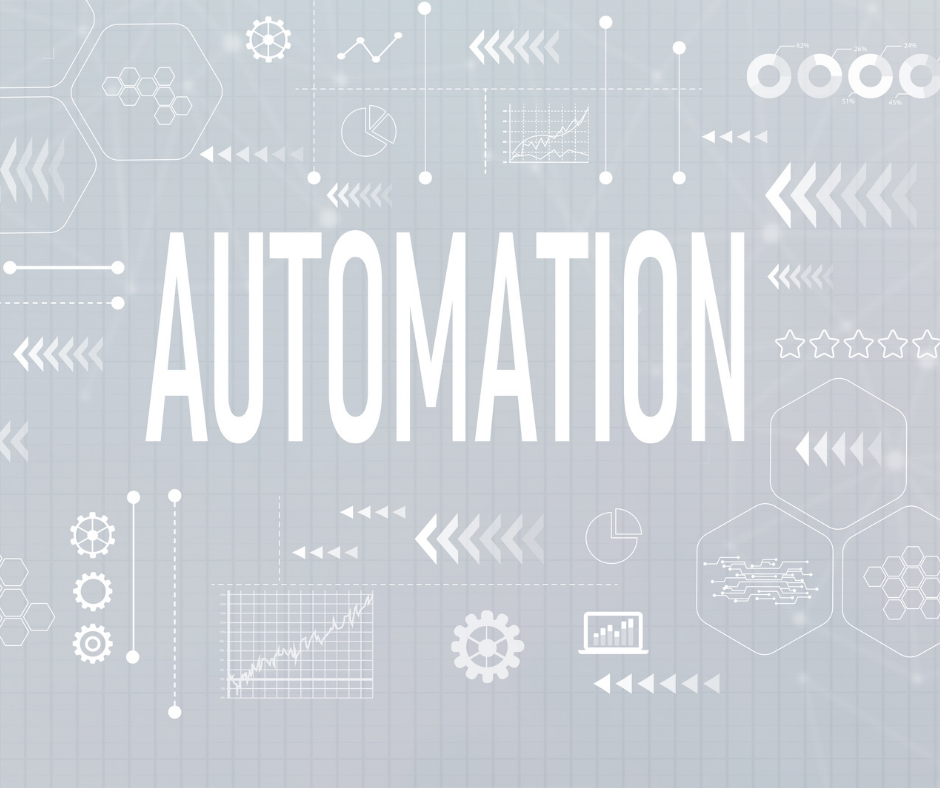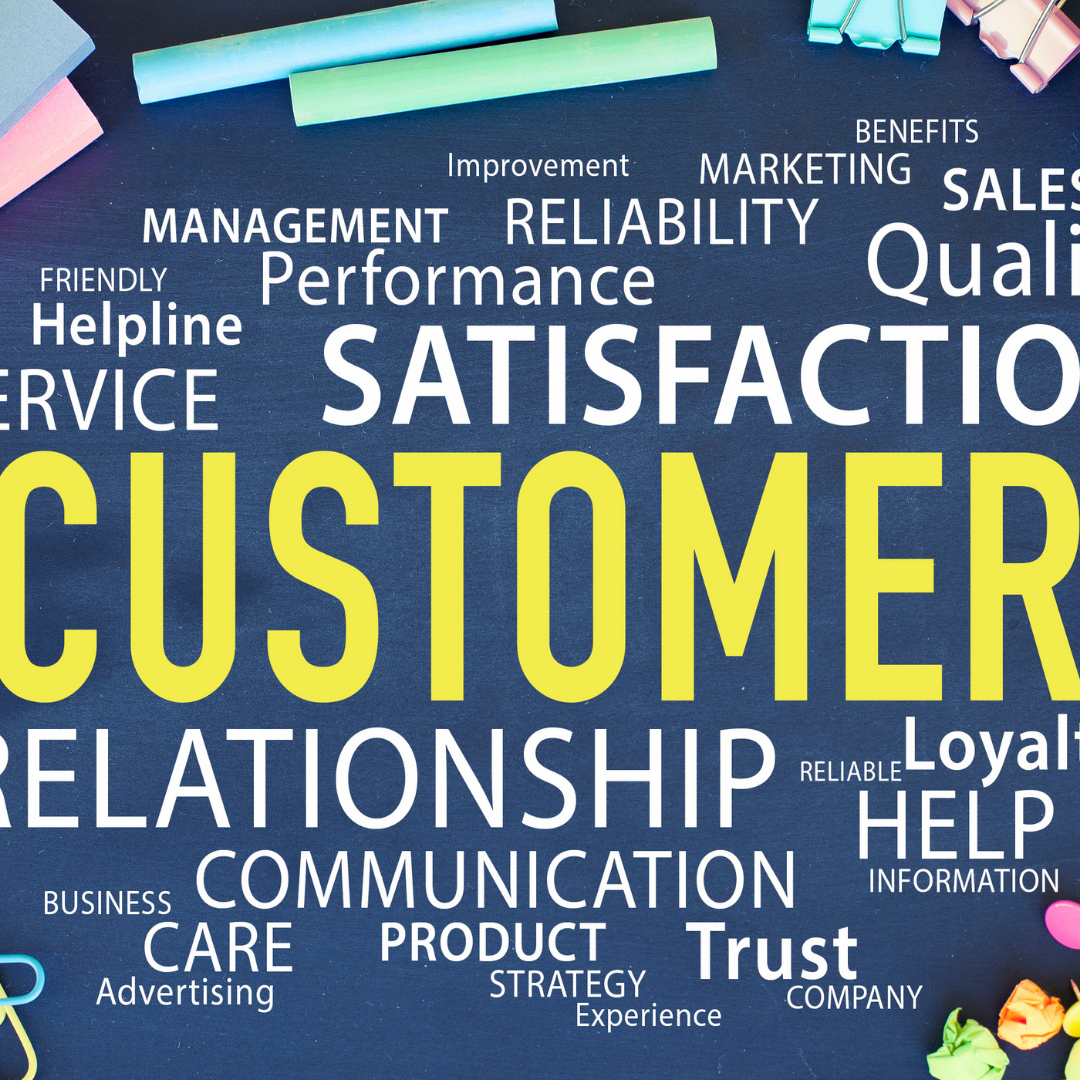Marketing automation software has been a part of marketing since the early 2000s which means it’s nothing new and everyone uses it for their marketing activities. Using technology to get the best results possible is nothing new and it won’t get you ahead anymore.
How does marketing automation work
To automate monotonous and repetitive marketing activities, marketing automation uses software that allows you to automate e-mail marketing, social media posting, and paid ad campaigns. Not only it makes those tasks more efficient but it increases personalisation as well. The technology behind marketing automation makes these tasks faster and easier to do.

Marketing automation software can also supply marketers with data about their prospects and customers. With this data, marketers can then produce content that will help them establish trust and respect for the brand, educate potential customers about services or products.
What do you need for creating a seamless customer experience that delights?
You need data. Lots of data, that needs to come from one source of truth and not from combining 2 or more data sources together. Today, marketers have to layer together CRM data, marketing management data, and customer behaviour data from third-party apps, which can be difficult using many different tools. As a result, data can get lost or can be incomplete. And this is the point when CRM comes into play as one source of truth for all company departments, from marketing to service to sales.
Customer relationship management (CRM) systems are usually understood as a sales tool - one of the most well-known examples is Salesforce. They capture data about customers and organisations’ interactions and store them in one place. This data includes everything from someone’s first visit to your website and their activity on the website to the exact time they opened your sales proposal and even how long they looked at it.
This is where HubSpot is different from your typical sales CRM. It doesn’t focus primarily on sales but brings together marketing, service and sales in one CRM and creates one source of truth - the key to happy customers.
What does a seamless customer experience that delights look like?
The simple answer is personalisation. Your customers want a unified and experience in your digital universe that will give them what they need at the time they need it. Netflix is undoubtedly a brand that you need to look up to when it comes to a personalised experience.
When we open out Netflix profiles we are greeted with personalised recommendations on what to watch next and it shows us exactly where we left off watching something. The experience is so seamless we don’t even think about it. However, if the recommendations would be completely random and we would have to figure out on our own where exactly we stopped watching something, the experience wouldn’t be so smooth and we would definitely remember it and think about it. Maybe it would also drive us to competing streaming services.

Using CRM for your marketing activities can help you be better than your competition
Most companies would love to deliver a seamless customer experience that would help them retain their customers but they are still using different tools that are cobbled together and creating two or more data sources. You can beat your competitors and deliver a delightful customer experience relying on a single tool instead of combining marketing automation tools, CMS, CMR, and any other apps or tools.
When you use a CRM as a primary marketing tool marketers can easily layer all the data they get, and because a CRM is one source of truth, all departments see the same data, act on it and retain customers and even turn them into loyal customers that help your business grow.
Book a meeting with us.
And we will help you get the most out of HubSpot’s CRM system that will get you ahead of your competition.







